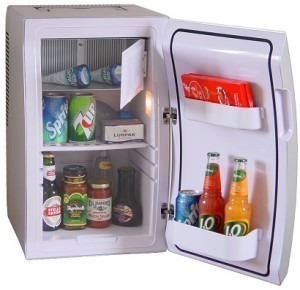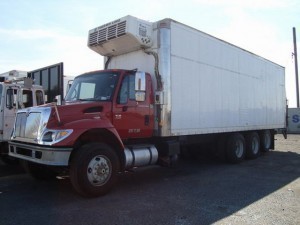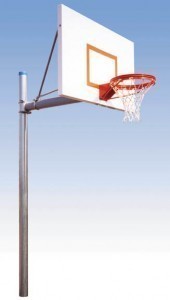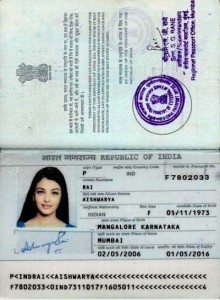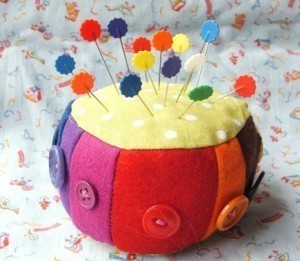USB Port Size
The USB port size (in terms of width by bits) is 1. 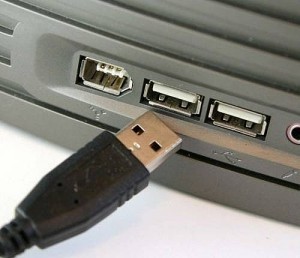 The devices are 127 (per host controller) with a capacity of 1.5, 12 or 490 Mbits/s. That is about 0.2, 1.5 or 60 Mbytes/s.
The devices are 127 (per host controller) with a capacity of 1.5, 12 or 490 Mbits/s. That is about 0.2, 1.5 or 60 Mbytes/s.
Overview
The USB port was designed to replace the various serial and parallel ports used in PCs. The first USB came out in 1996. Since that time it has been used to connect everything from mice, printers, flash drives and other electronic gadgets to the computer. It is also used in PDAs and numerous video game consoles.
Device Classes
More than the USB port size, it is the device classes that are used to distinguish a device’s role. This also allows a device writer to provide compatibility regardless of the manufacturer. For class 01h, the usage is for the interface. Instances include sound cards and microphones.
For class 02h, usages are device and interface. Examples of these are the Ethernet adapters, the modem and serial port adapter. For class 03h (usage interface) the devices are mouse, keyboard and joystick. For class 05h (usage, interface), examples are force feedback and the joystick.
The USB class 06h (interface) is used for scanners and the webcams. The class 07h (interface) is for laser and inkjet printers. The USB class 08h (usage interface) is designed for memory card readers, flash drives, digital audio players and external drives. The USB port size and class 09h (usage, device) are for hi speed and full speed bus.
Other USB Device Classes
The USAB class 0Ah works with class 02h. Class 0Bh is for USB smart card readers and class 0Dh for security. The USB device class 0Eh is for the webcam. The USB class DCh is for diagnostics. Class E0h is for Bluetooth and wireless adapters. The EFh is designed for Activesync devices; the FEh class is for lrDA Bridge, text and measurement class. The FFh is set aside for specific drivers from the vendor.
Signaling
Whatever the USB port size, hubs provide support for full speed rates (12 Mbit/s). The hi-speed is set at 480 Mbit/s and for USB 2.0. These devices are also backwards compatible. The SuperSpeed (USB 3.0) is capable of 5.0 Gbit/s. Because they utilize duplex operations, they are not fully backwards compatible with legacy connectors.
USB Connectors
The earliest connectors were the USB A and the USB B. The USB A was shaped like a rectangle. It is used often on devices like keyboards and the mouse. The type B is used mostly for receiving power from a device. The Mini A, Micro A and Micro B connectors are used for mobile devices. They are usually 3 by 7 mm.
USB Cables
The longest USB cable is 5 meters. That is about 14 ft. The reason is to keep the round trip delay to 1500 ns. USB 1.x/2.0 cable wirings come in four types: the VCC, D-, D+ and GND.
The USB port sizes and specifications are being constantly changed to meet the current demands of technology. Since USB 3.0 was demonstrated in 2007, it is widely expected by industry analysts that products will avail of it very soon.
